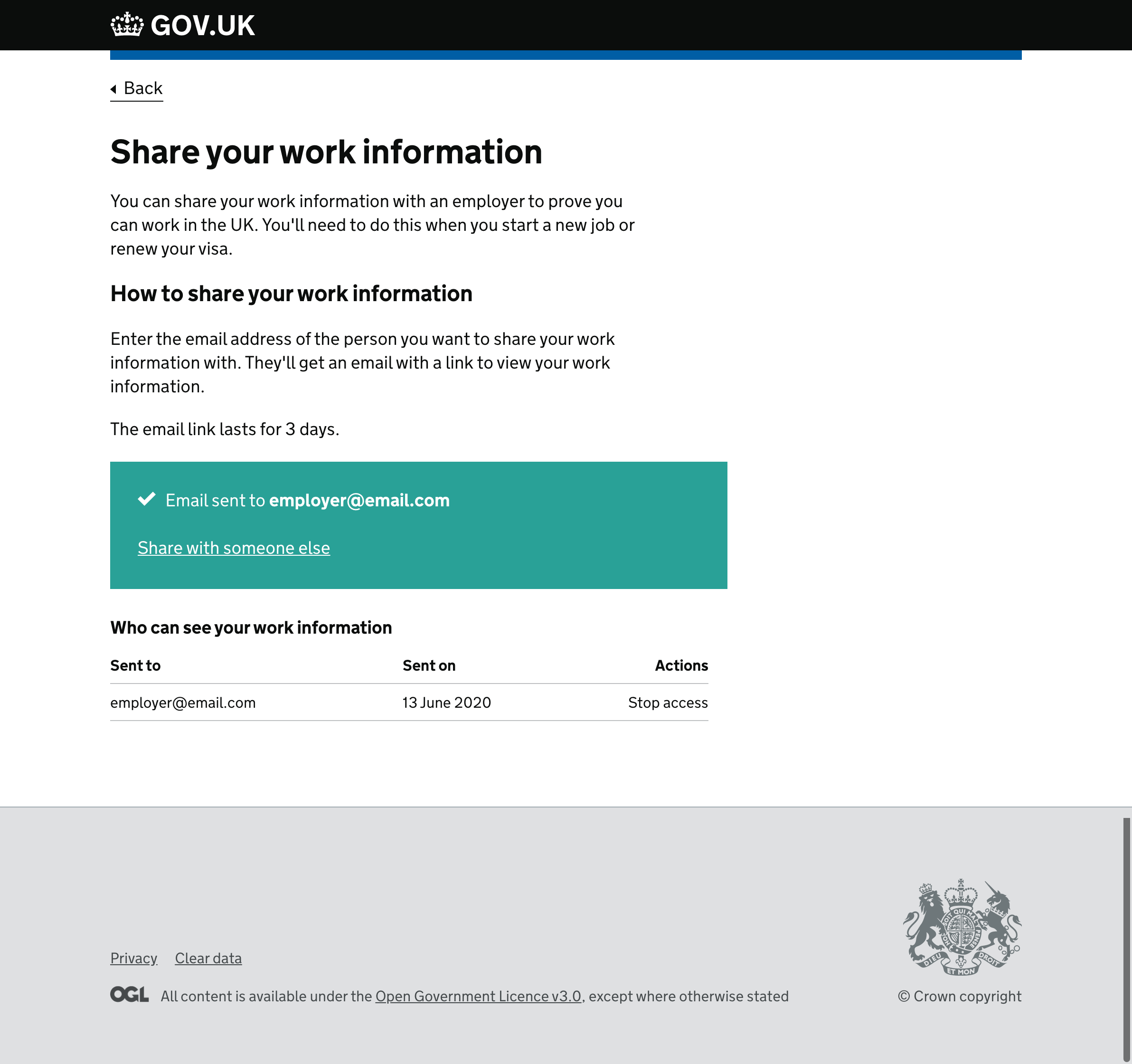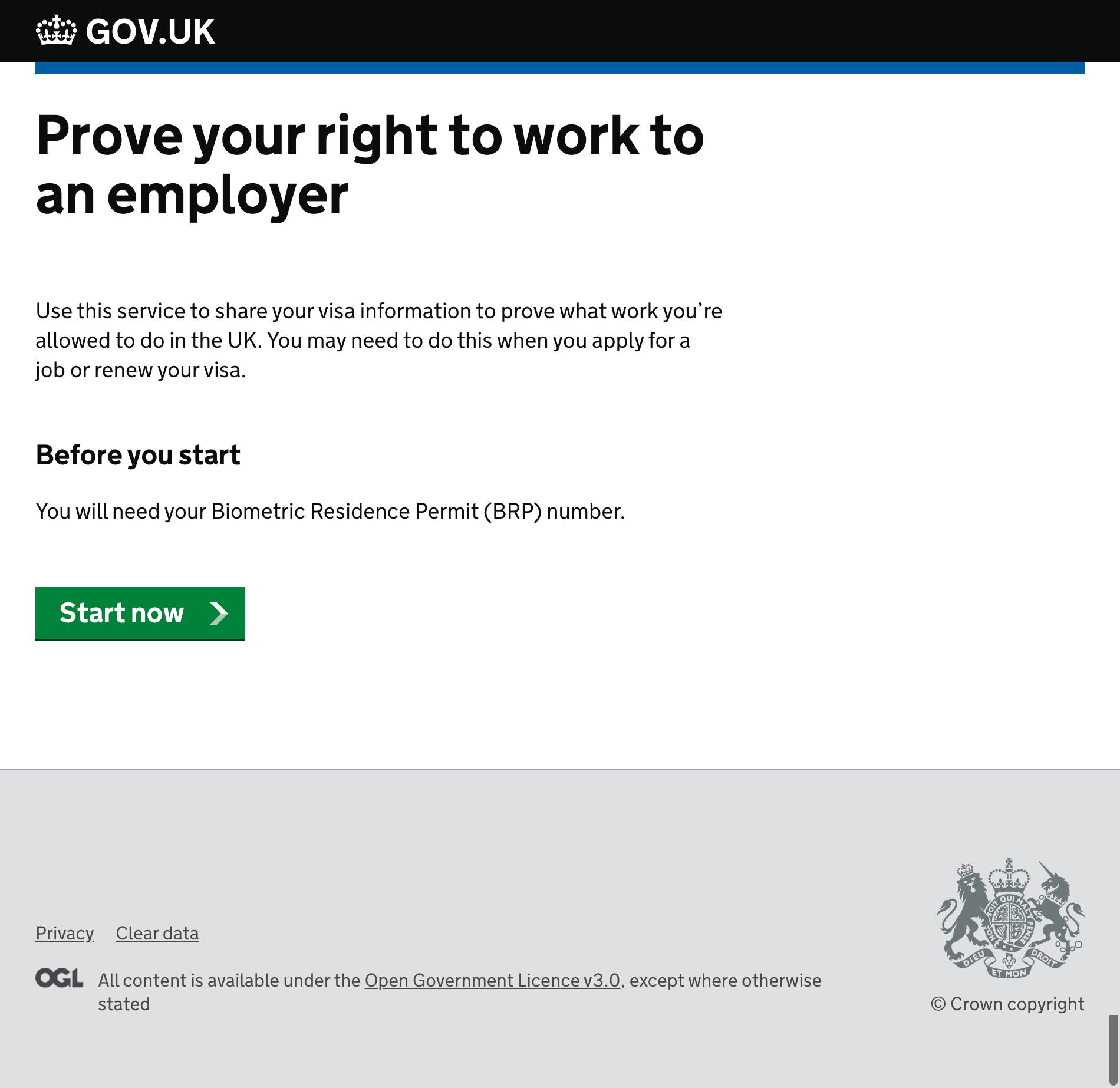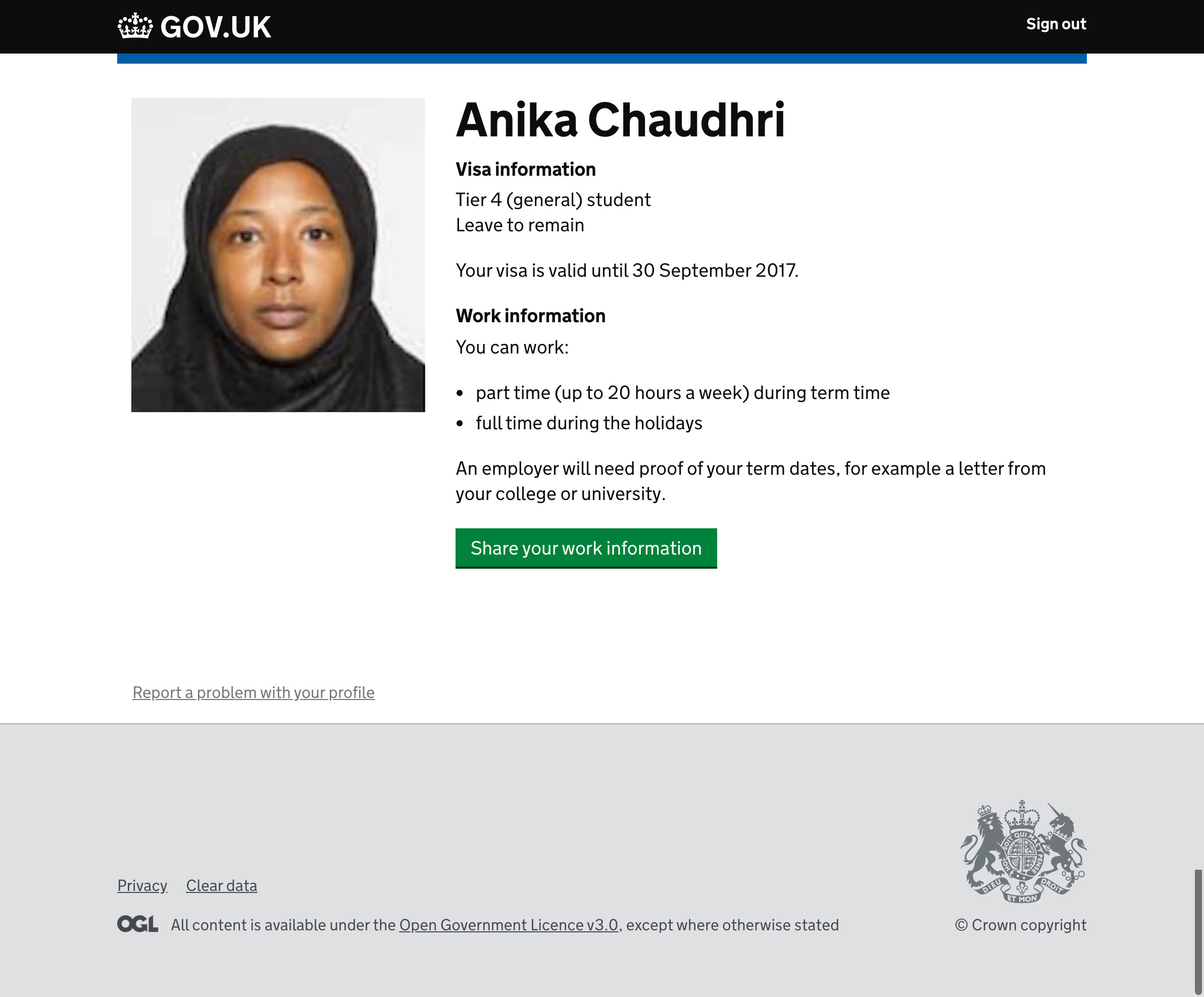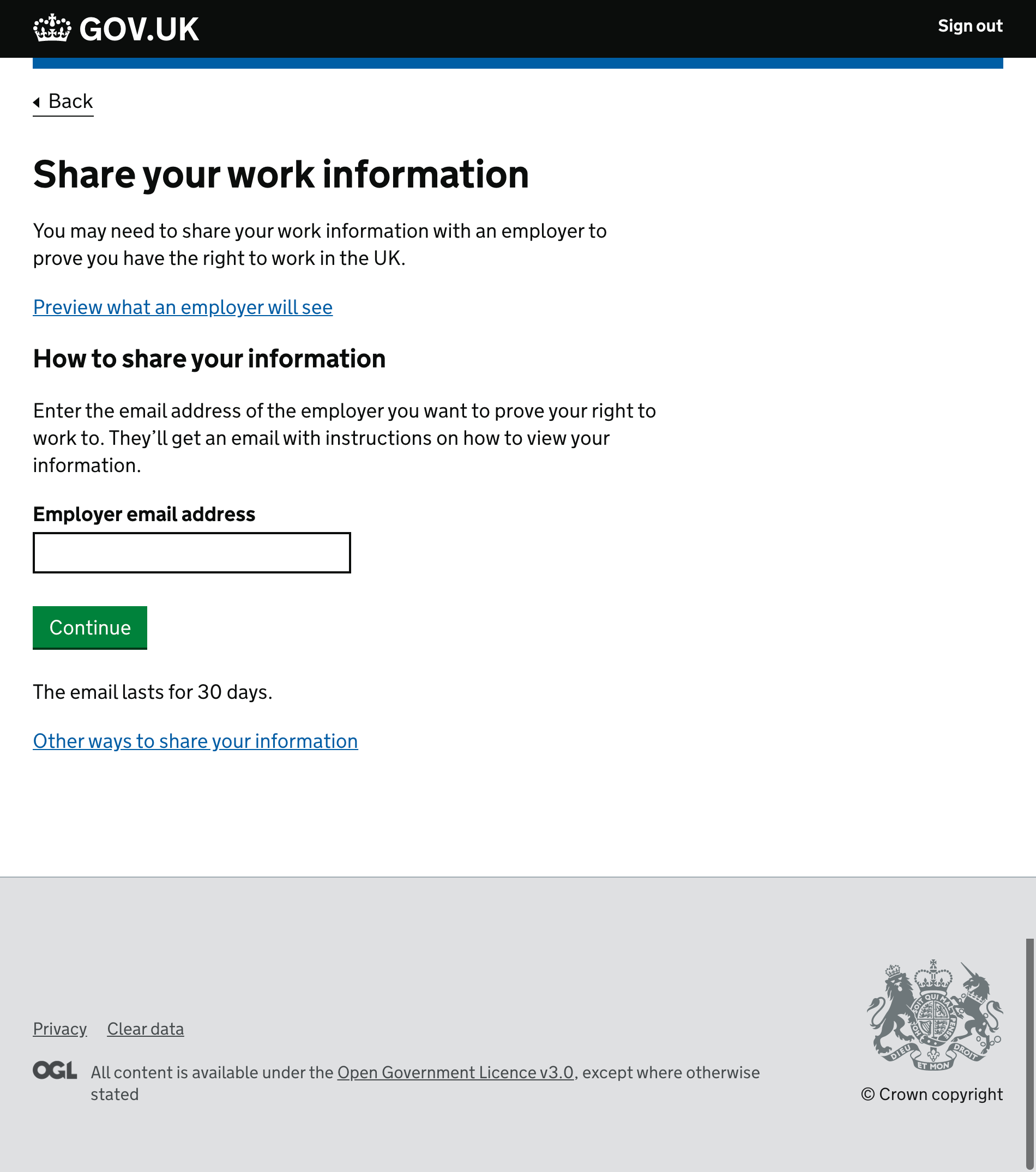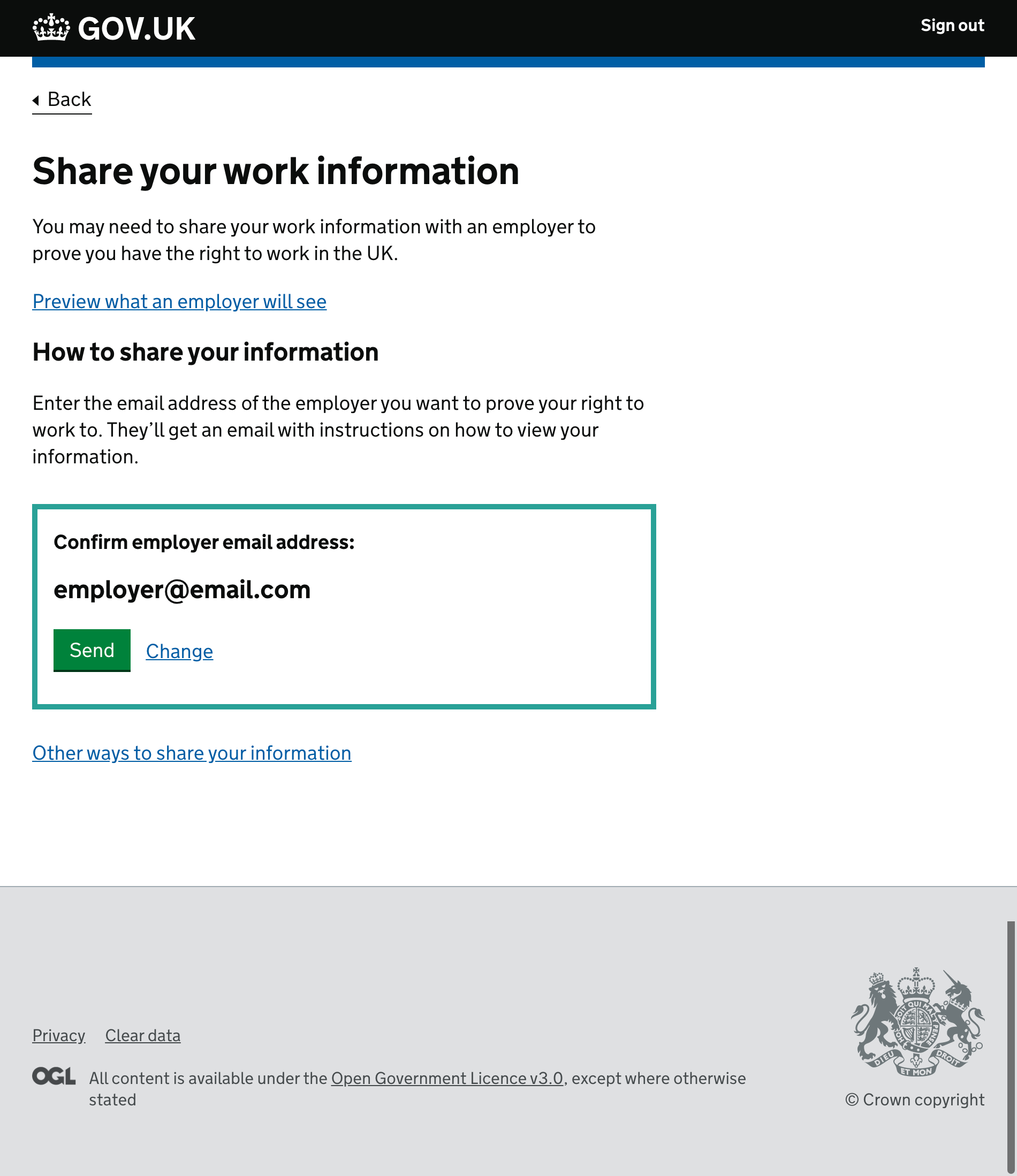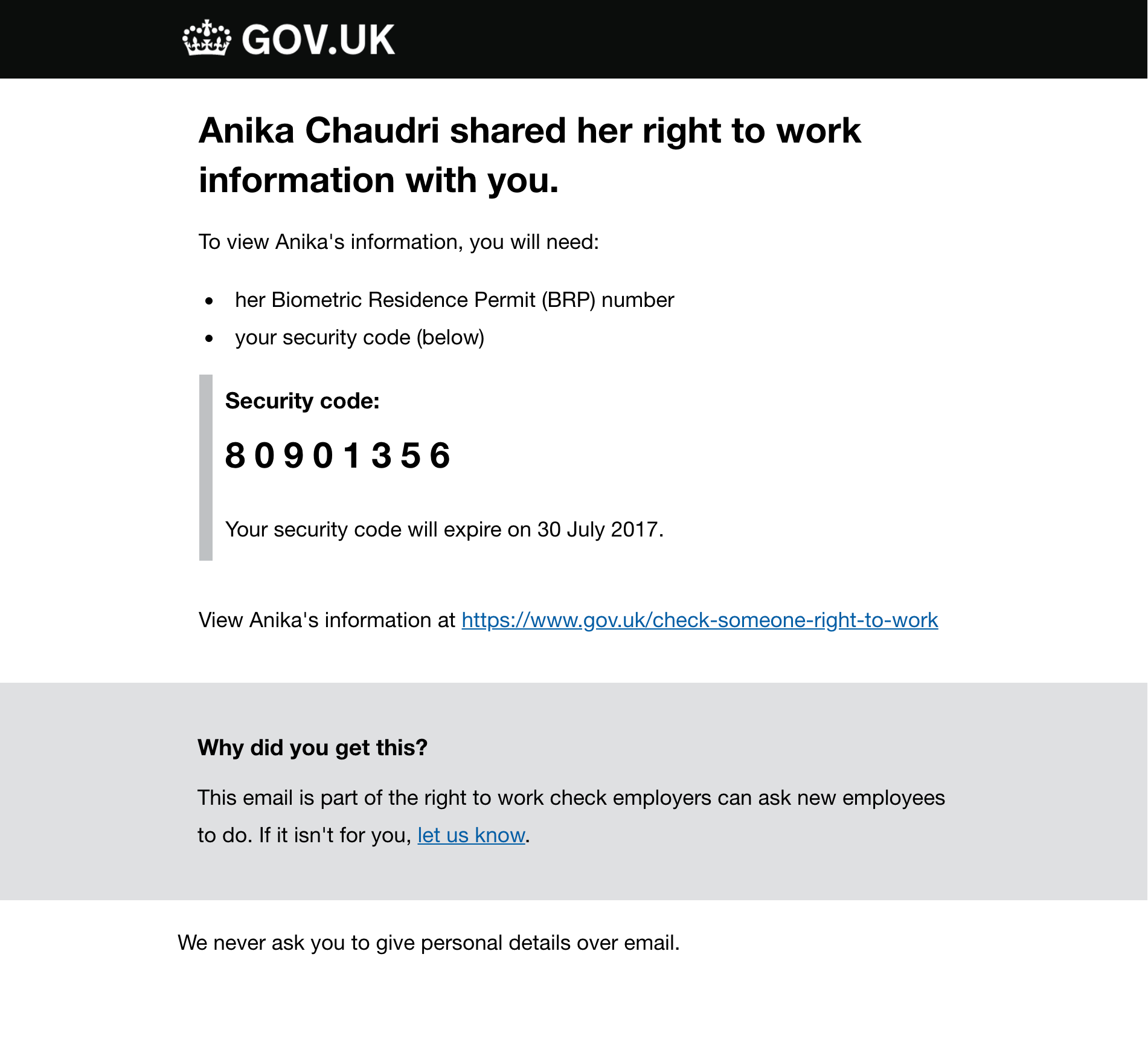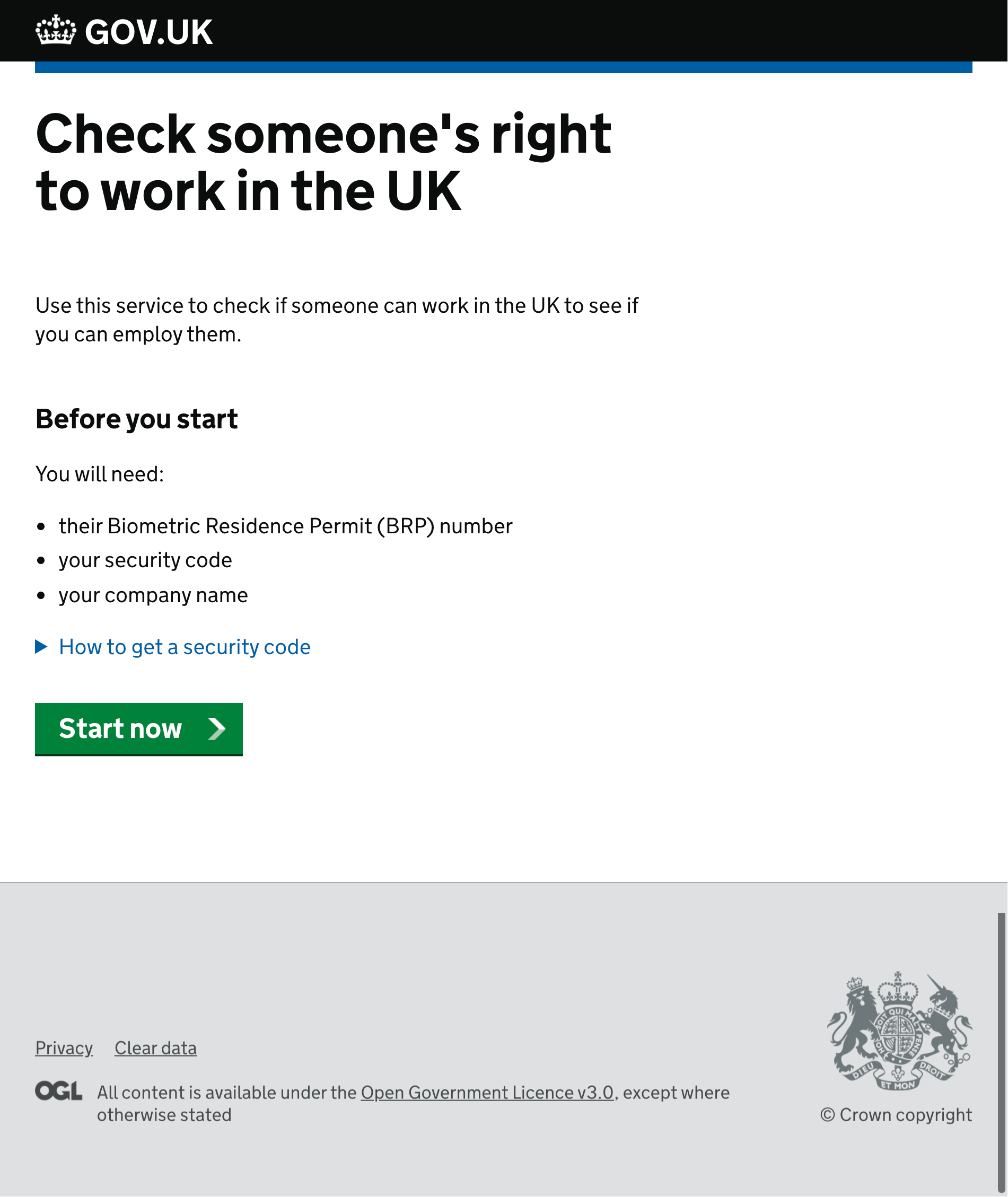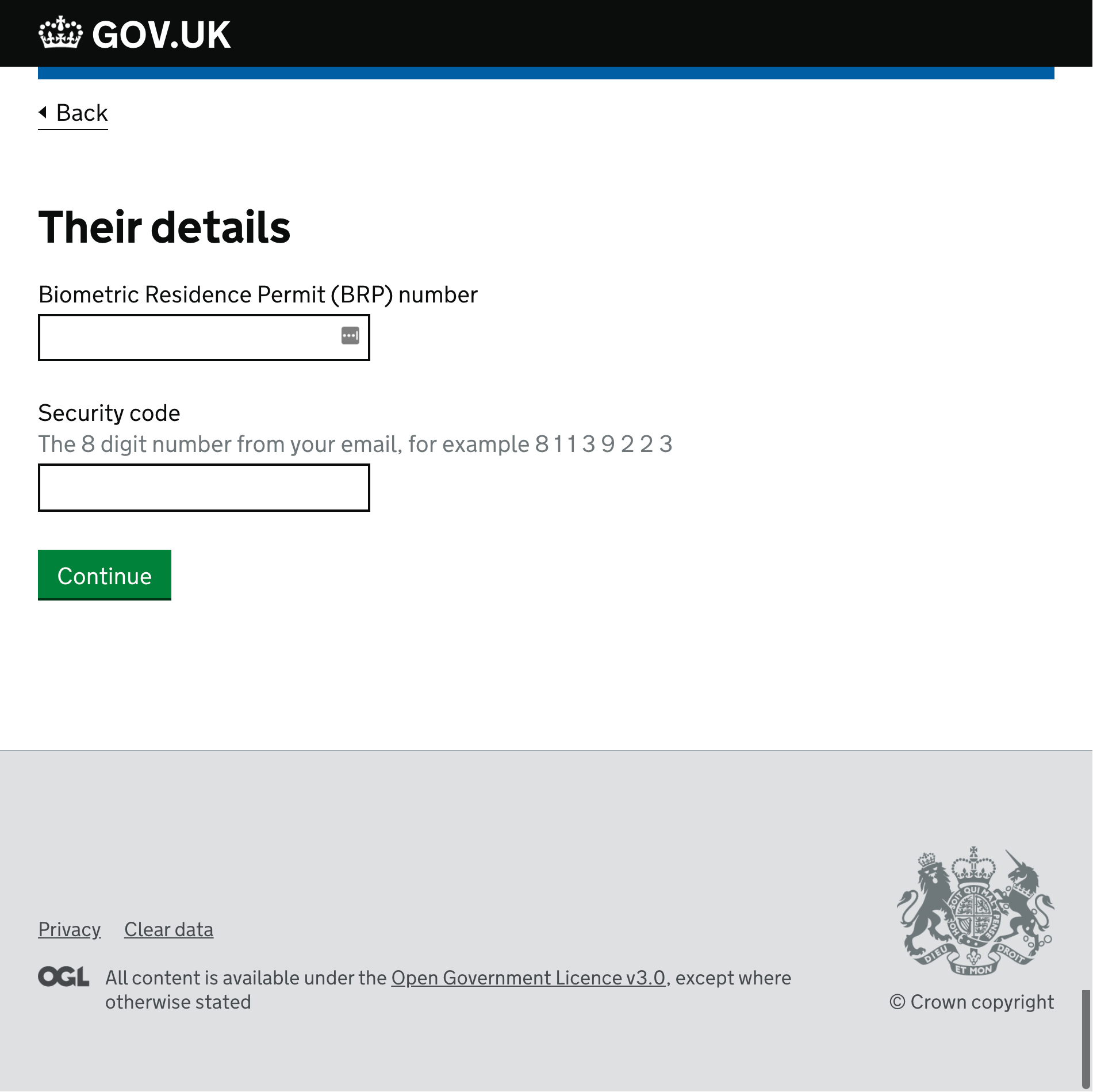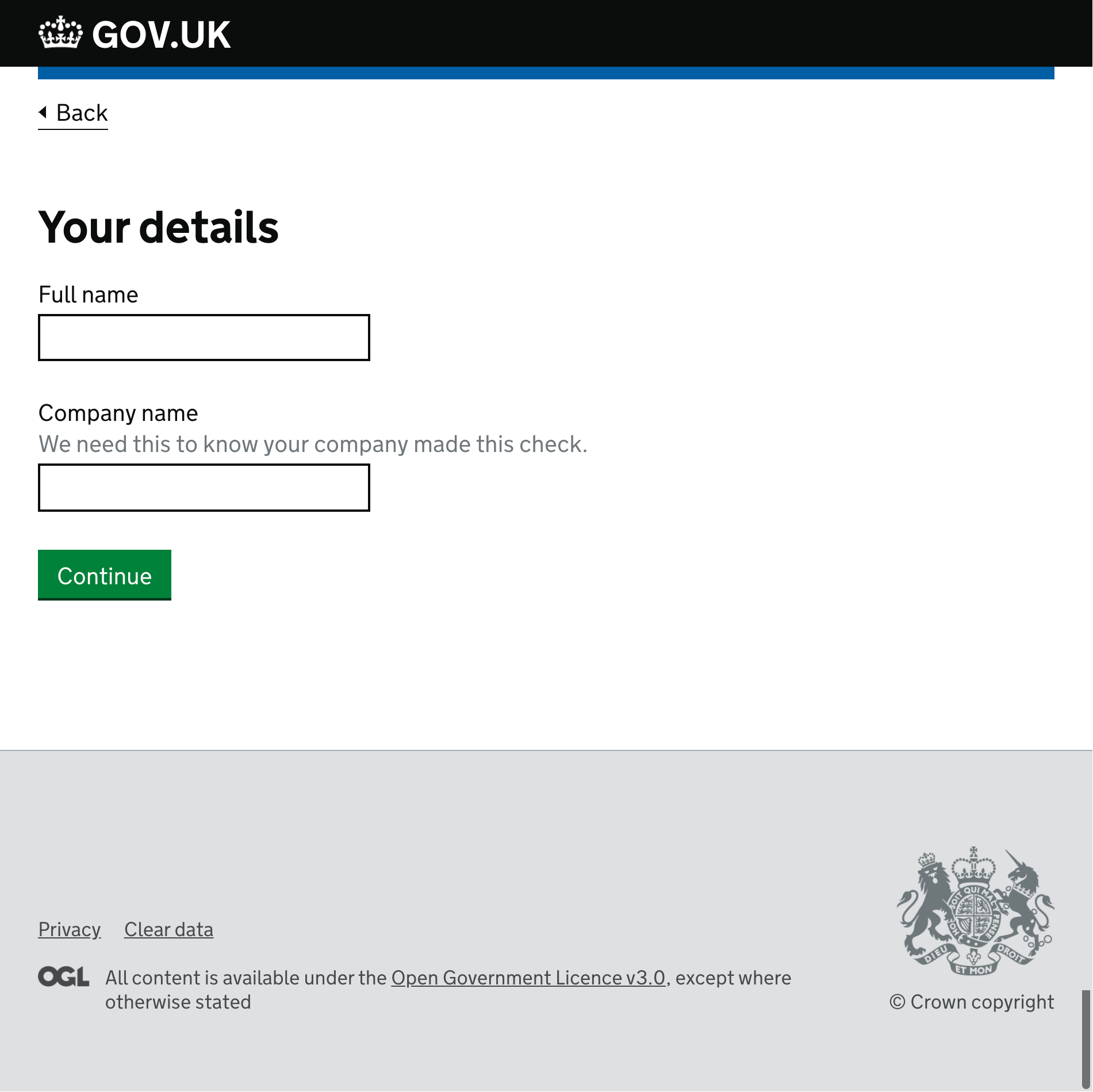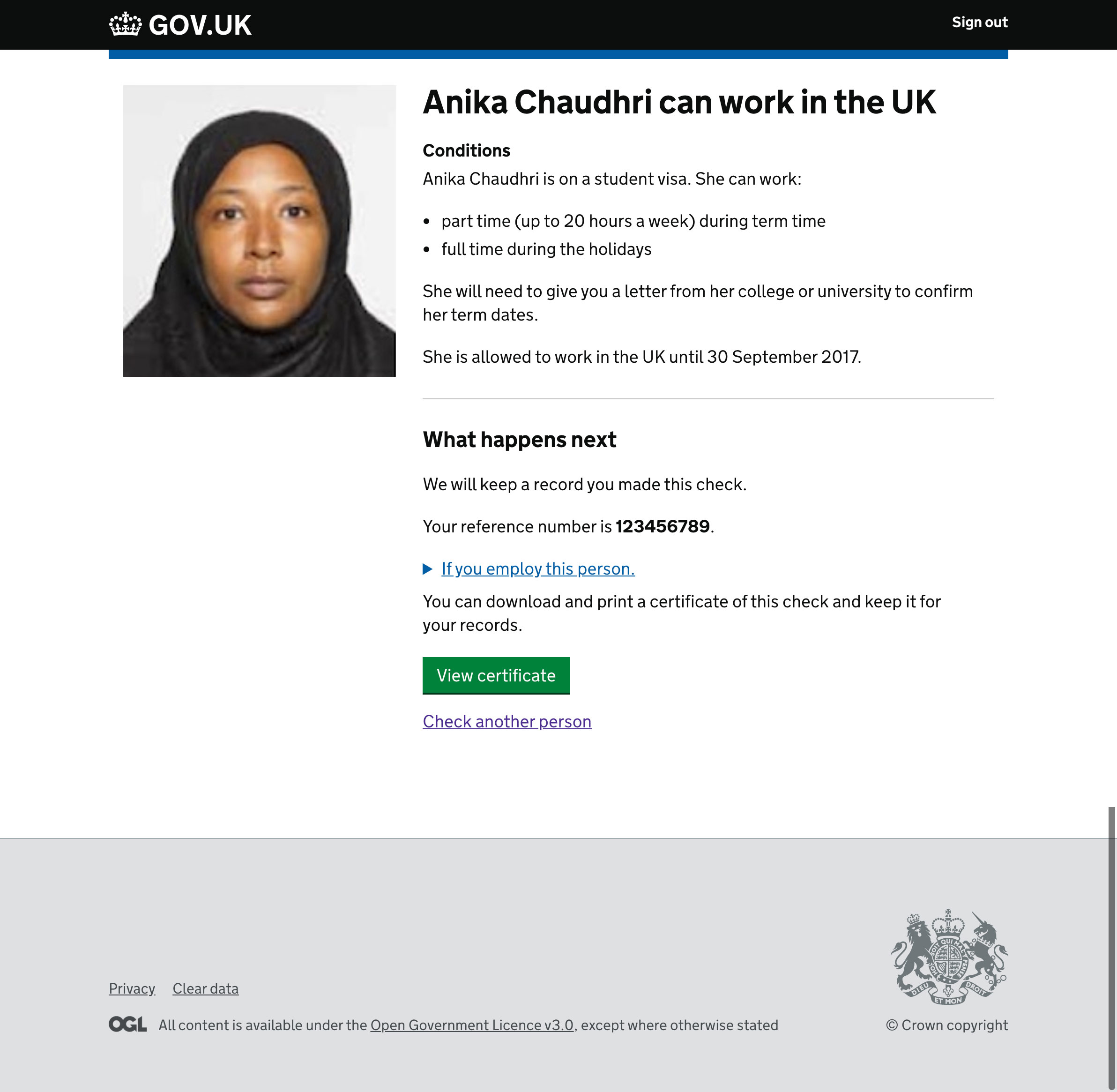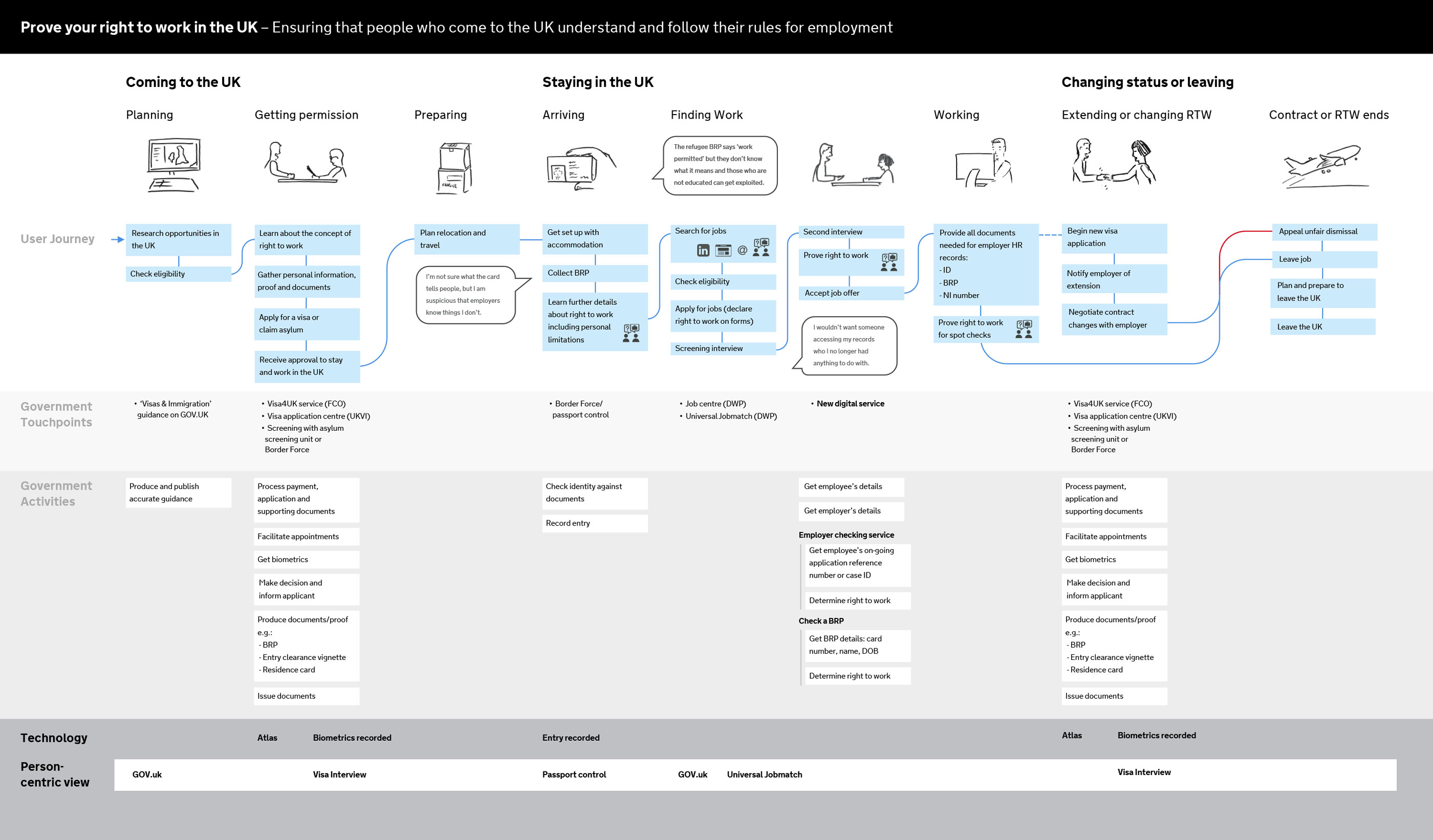
Service design map for understanding the experience of employers
Home Office UK Visas and Immigration, part of the UK government, is responsible for making millions of decisions every year about who has the right to visit, work or stay in the UK.
Employers have a legal obligation to check that everyone they employ has the right to work in the UK. This means checking the validity of countless variations of identity documents. If an employer is not confident that an employee’s documents are valid, they can contact the Home Office to request a manual check of their status.
We found through research that many large employers had a streamlined process for onboarding new members of staff and transferring members of staff to new employers. There was a clear understanding of the law and the requirements.
However, many smaller organisations and businesses were unclear on the process and the requirements. They often didn’t have the experience or technology to check if documentation was valid. For some small employers, it meant either taking their best guess, doing time consuming checks and communicating with the Home Office for support, or being cautious with employment.
It was key that these employers would be supported in the service we designed.

Service design map for understanding the experience of employers
We researched with many people of many nationalities and in many stages of life and employment status. The challenge was less about finding the right people to speak to but where to start.
Through the research we found that many people who had Biometric Residence Permits (BRPs, a permit card for people from outside the EU living in the UK, were less aware of their employment rules and rights and status. The cards have limited space and some of the rules can be complex or nuanced. Often, the process of handing over the card to an employer to copy (for proof of checking) and the rules around why the employer needed to do this were unclear and uncomfortable. Some people who had been issued these identification cards were vulnerable members of society, such as refugees.
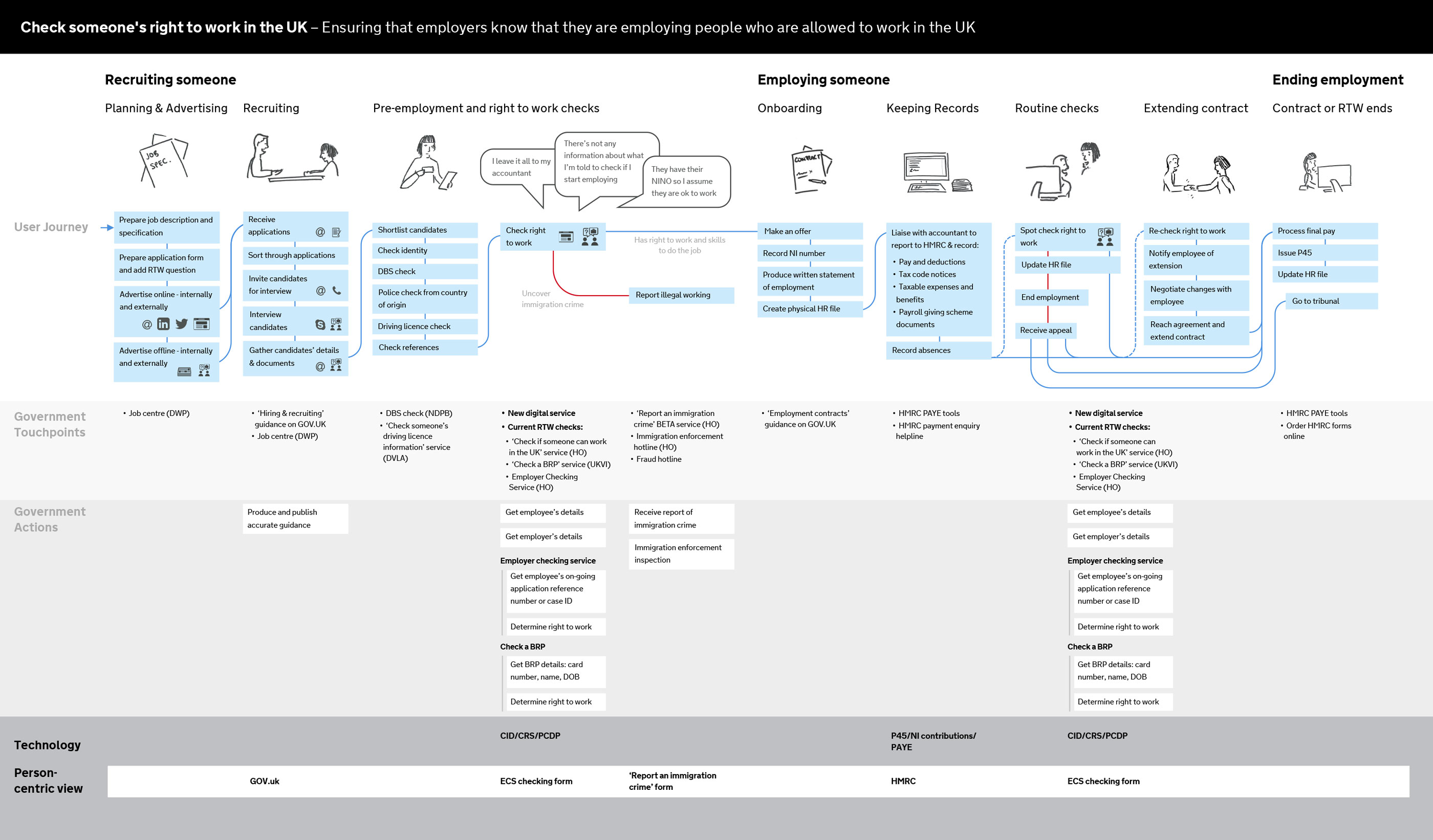
Service design map for understanding the journey for job seekers
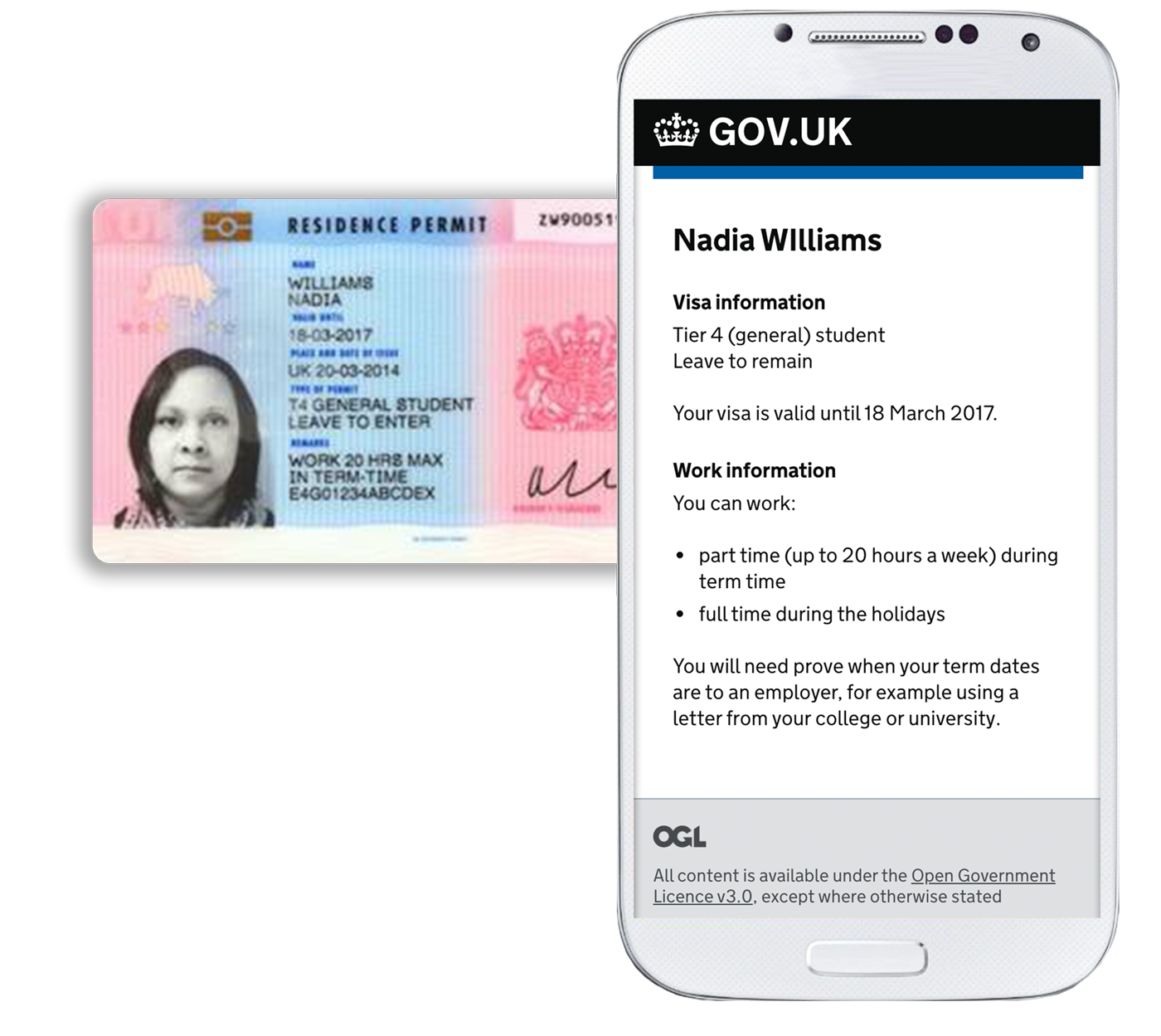
Making the visa conditions for BRP cardholders clear
We identified key opportunities to make the service clearer that would benefit employers and job seekers. This included significant technical work to create ways to understand and identify someone’s right to work status. The team collaborated to plan and research with users, with the designs and prototypes going through numerous iterations until we were confident that the journey, process and content would work for all the users of the service.
Iterations of the service during the Alpha
Allowing users to understand, share and cancel who can see their information
The service was a team effort with excellent collaboration across policy, security, design and development, and with open and supportive product teams from other government departments. We presented the work at the end of the Alpha to the Government Digital Service (GDS), as part of a service assessment. As the assessment, the service was seen to meet every point of the GDS service standard.
For me the biggest outcome of the work we did was to listen, learn and build a service which supported everyone who needed to use it – giving data ownership to job seekers, clearer content and easier processes to employers and enabling the policy to be met, whilst meeting the government’s needs to create a platform for canonical data and secure sharing of information.
The user centred design team: Aspasia Dellaporta (Lead User Researcher), Nick Cowan (Content Design), James Nicholson (User Researcher), Simon Castilo (Interaction Design Intern).

